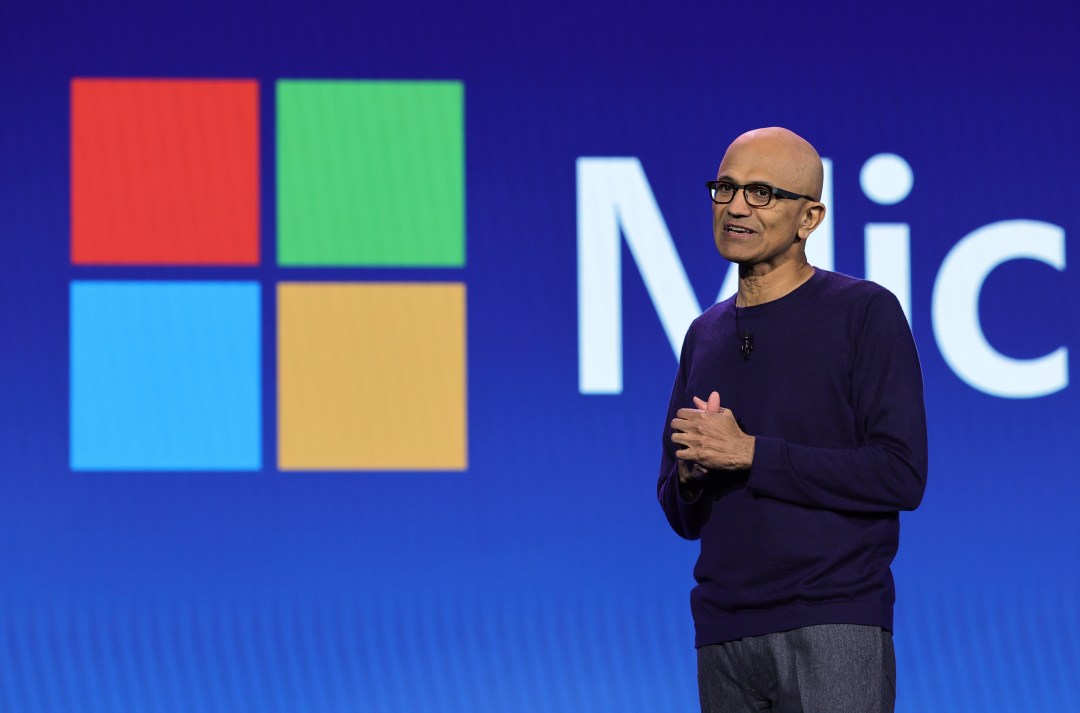Microsoft Announces Around 9,000 Job Reductions in Ongoing Restructuring
Companies in the tech world often make headlines for innovation, but lately, it’s the wave of job cuts that’s drawing attention. Many giants in the industry have been trimming their workforces, and now Microsoft is back in the spotlight with another round of layoffs that’s set to affect thousands.
Here’s a closer look at what’s happening, why it’s happening, and how it fits into the bigger picture of the tech job market. On Wednesday, Microsoft confirmed it will lay off about 9,000 employees.
That’s less than 4% of its global staff, which totals around 228,000 people as of last count. These cuts will hit teams across different departments, countries, and experience levels.
A source who spoke to CNBC on condition of anonymity explained that this move is part of a larger effort to reorganize and streamline operations as Microsoft begins its new fiscal year. This timing isn’t a coincidence.
Microsoft’s executives, based at the company’s Redmond, Washington headquarters, typically roll out major changes when the new fiscal year starts. The company said in an email statement,
“We continue to implement organizational changes necessary to best position the company and teams for success in a dynamic marketplace.”
These layoffs aren’t an isolated incident. Since the start of the year, Microsoft has been making cuts in stages. Back in January, fewer than 1% of employees were let go, mostly tied to performance reviews.
Then, in May, the company laid off over 6,000 workers, followed by another 300 or so in June. All of this comes after 2023, when Microsoft already cut around 10,000 jobs.
Microsoft’s layoffs aim to cut middle management and speed up decisions for greater competitiveness.
These numbers might sound big, but Microsoft has a history of large-scale layoffs. The most significant came in 2014, when it cut 18,000 roles following its purchase of Nokia’s phone business.
That move was aimed at shedding overlapping positions and reducing costs after the acquisition. A key reason for the current layoffs, according to the same source, is Microsoft’s push to flatten its management structure.
By cutting layers of middle managers, the company wants to create a clearer line between employees doing the work and the executives making decisions. This strategy is meant to help teams move faster and make the company more competitive.
 commons.wikimedia
commons.wikimediaPhil Spencer, who leads Microsoft’s gaming division, made this clear in a memo sent to his team on Wednesday.
“To position Gaming for enduring success and allow us to focus on strategic growth areas, we will end or decrease work in certain areas of the business and follow Microsoft’s lead in removing layers of management to increase agility and effectiveness,” he wrote.His message signals that the cuts aren’t just about reducing numbers - they’re also about shifting resources to where Microsoft sees the most growth potential. Despite these layoffs, Microsoft’s financial performance remains strong.
In the March quarter, it reported nearly $26 billion in net income from $70 billion in revenue, both figures beating Wall Street’s expectations. Those results have kept Microsoft among the most profitable companies in the S&P 500.
Executives also forecast around 14% revenue growth for the June quarter, driven by demand for Azure cloud services and productivity software like Office 365.
Microsoft shares hit a record high despite layoffs, as investors stayed confident while tech firms cut jobs and U.S. payrolls fell.
The company’s stock has reflected this strong performance. Microsoft shares closed at a record high of $497.45 on June 26. Even after the layoff news, the stock only slipped 0.2% on Wednesday, while the broader S&P 500 index rose 0.5%.
Investors appear confident in Microsoft’s long-term strategy, despite the short-term pain for workers. Microsoft isn’t alone in reducing headcount this year.
Other software companies like Autodesk, Chegg, and CrowdStrike have also announced job cuts in 2025. Meanwhile, data from payroll processor ADP showed the U.S. private sector lost 33,000 jobs in June, a sharp contrast to economists’ predictions of a 100,000-job gain.
 Getty Images
Getty ImagesAll of this highlights a cooling job market in tech and beyond, as companies adjust to slower growth, rising costs, and shifts in customer spending habits.
While the industry remains a powerhouse of innovation and revenue, it’s clear that even the biggest players aren’t immune to economic pressures, and that can mean tough news for many workers.




